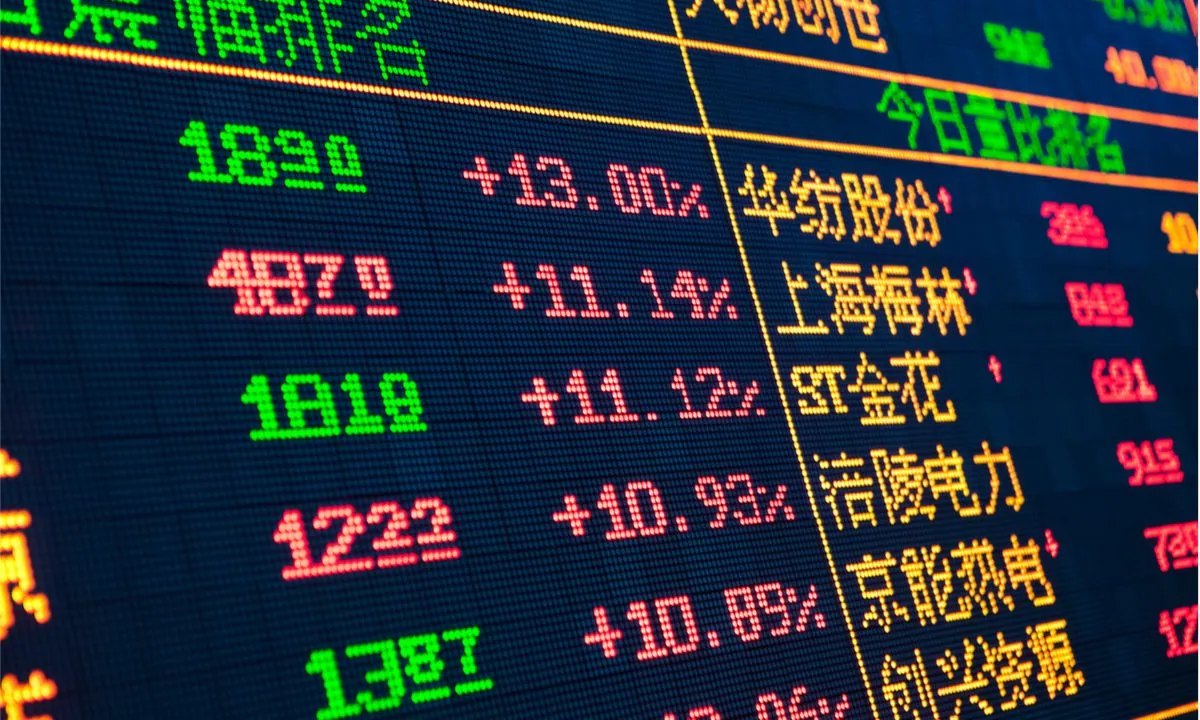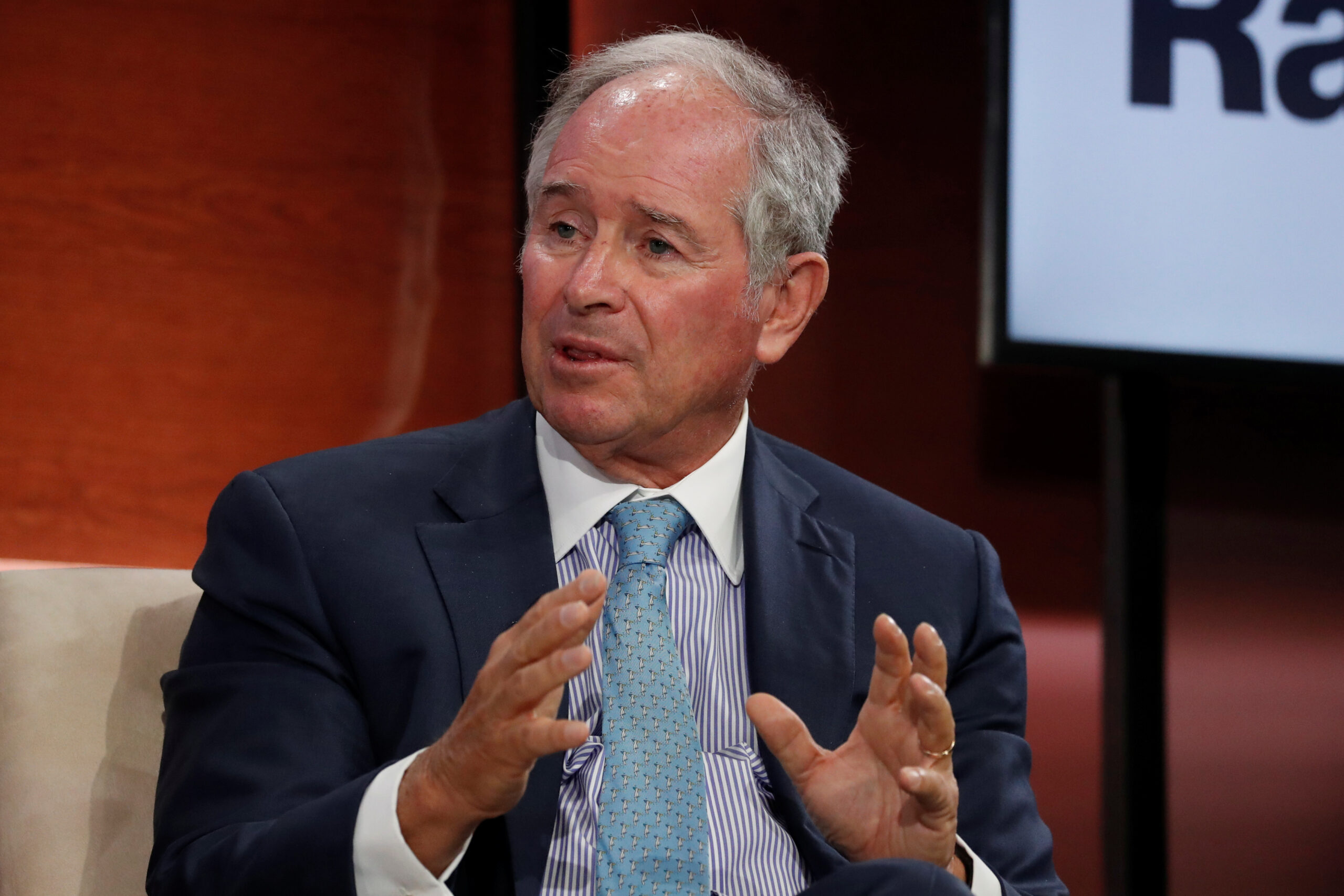The private equity world is awash in champagne corks and celebratory cigars. In a remarkable display of wealth creation, the share prices of major PE firms have soared, translating to a whopping $40 billion gain for their top executives. This surge coincides with a significant increase in the value of assets under management (AUM), highlighting the booming private equity landscape.
The Key Drivers:
So, what’s fueling this private equity party? Several factors are at play:
- Strong Market Performance: Global markets have enjoyed a bull run in recent years, particularly in the technology and healthcare sectors, which are popular targets for PE investments. This positive market sentiment has driven up the value of existing portfolio companies, boosting the overall AUM of private equity firms.
- Record-Breaking Fundraising: PE firms have been raising record amounts of capital, with investors eager to tap into the potential returns offered by alternative asset classes. This influx of cash allows firms to pursue larger and more lucrative deals, further amplifying their bottom line.
- Exit Strategies: With public markets reaching record highs, private equity firms have found it increasingly attractive to exit their investments through initial public offerings (IPOs) or strategic sales. These exits generate substantial cash flows, which can be used to pay dividends to shareholders and boost executive compensation.
- Leveraged Buyouts: Private equity firms often employ leverage to acquire companies, amplifying their returns when asset values rise. While this strategy carries inherent risks, the current market conditions have allowed firms to leverage their investments effectively, leading to significant gains.
The Big Winners:
The beneficiaries of this PE boom are, unsurprisingly, the industry’s top executives. The article highlights several CEOs and managing partners who have seen their personal wealth balloon, with some experiencing gains exceeding $100 million. These windfalls are largely driven by the performance-based compensation structures prevalent in the industry, where executives often receive significant bonuses and stock options tied to the firm’s AUM and profitability.
Also Read: Falling US Inflation Sparks Rate Cut Talk
Beyond the Numbers:
While the headline figures are certainly eye-catching, it’s crucial to look beyond the surface. The private equity industry has its fair share of critics, who point to concerns about high fees, opaque investment strategies, and potential negative impacts on acquired companies. Additionally, the industry’s reliance on leverage and market performance raises questions about its long-term sustainability, particularly in the face of potential economic downturns.



